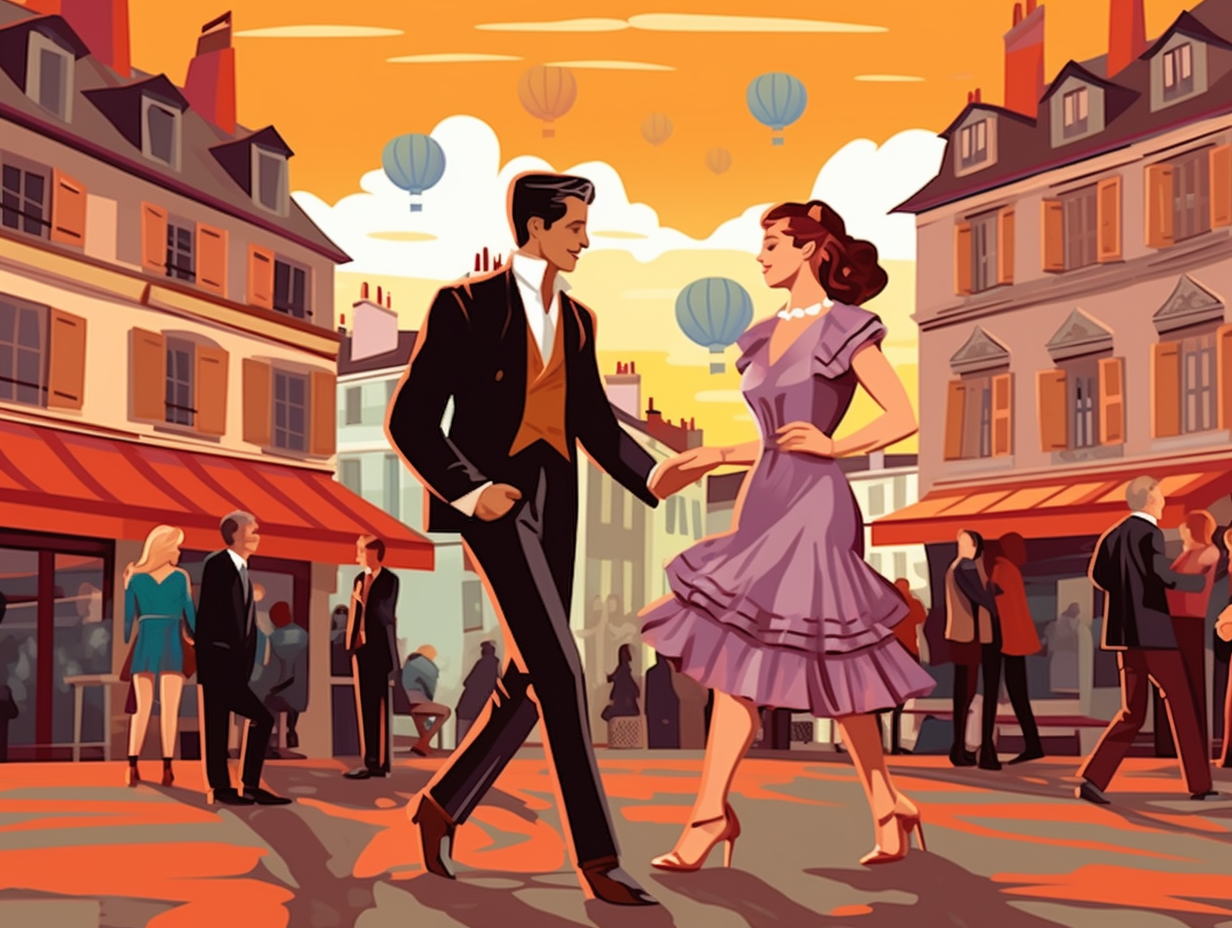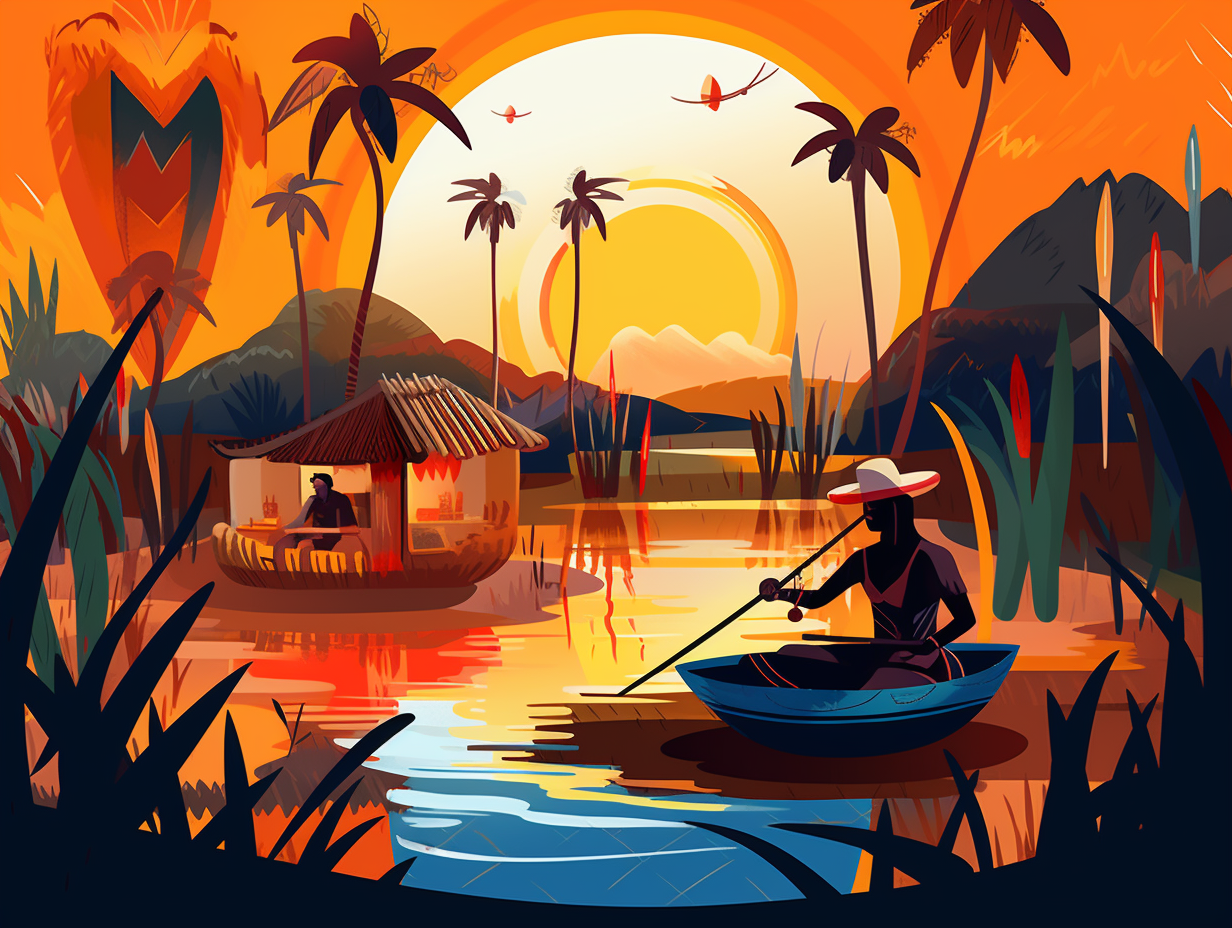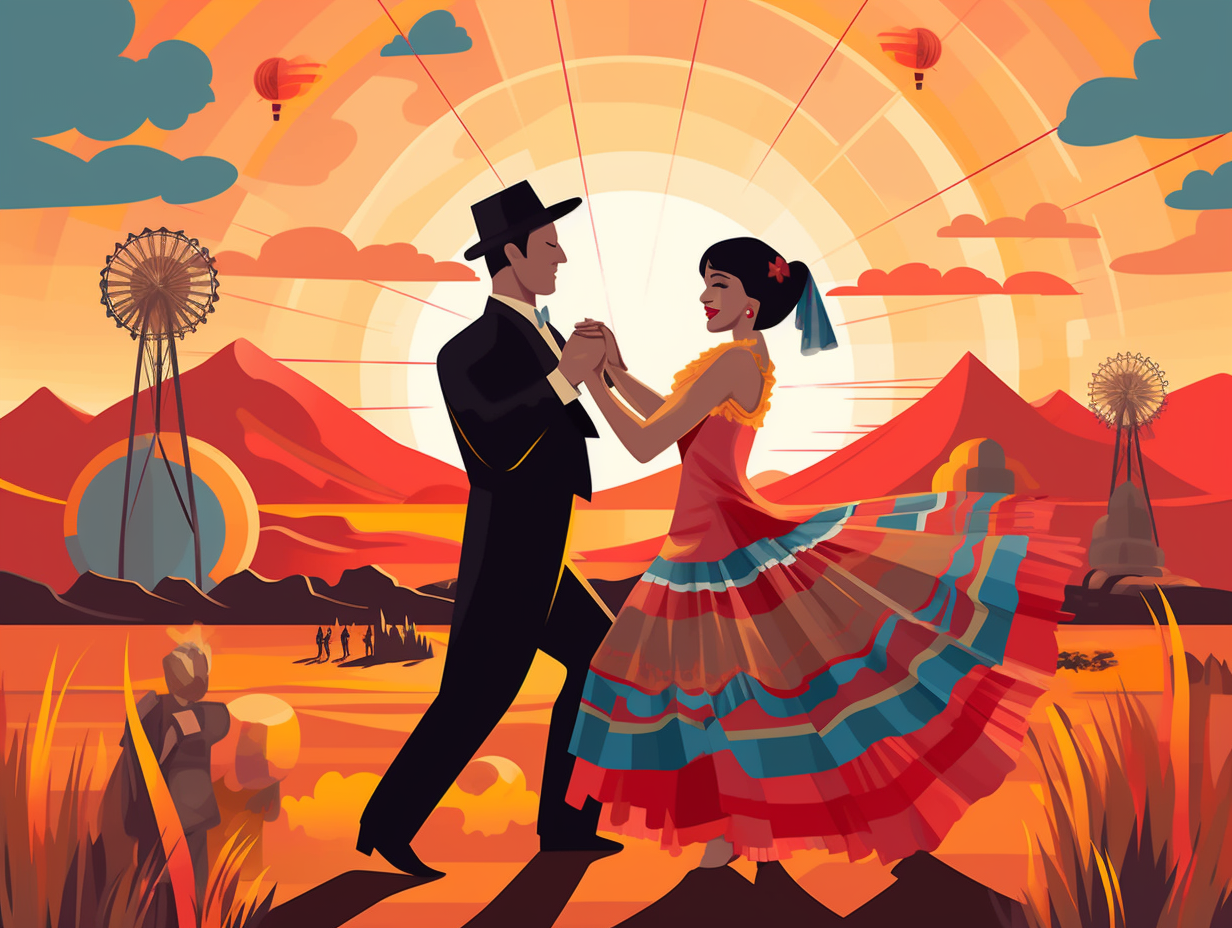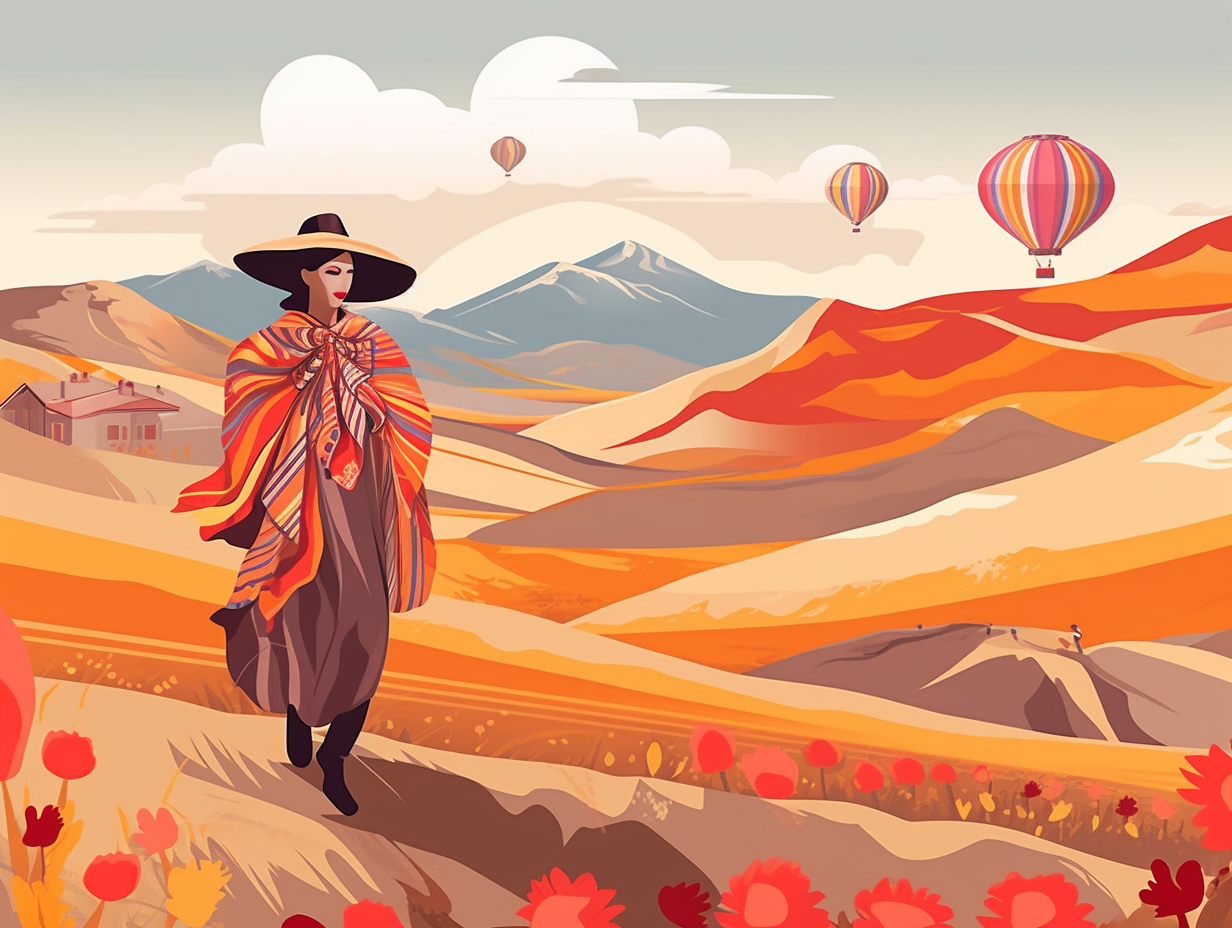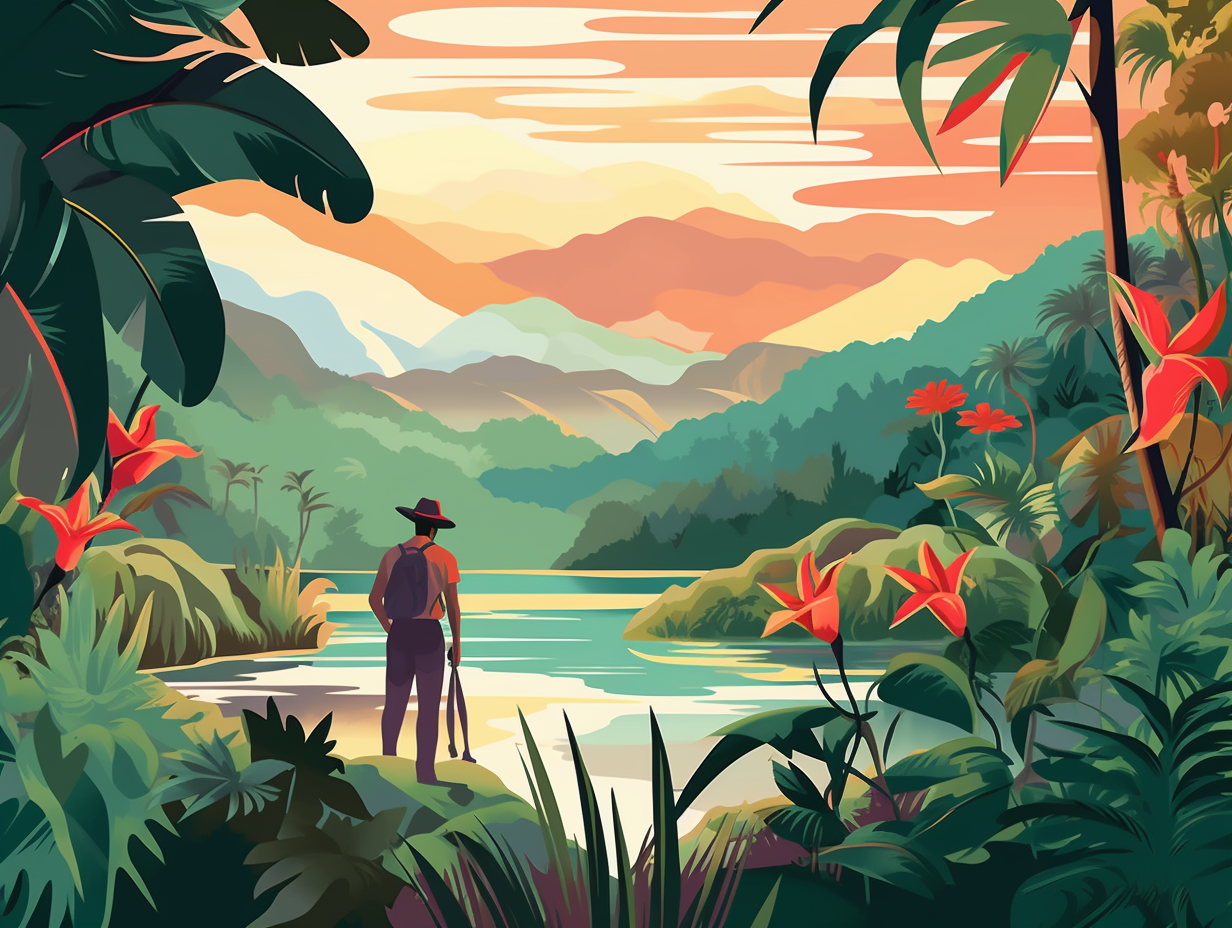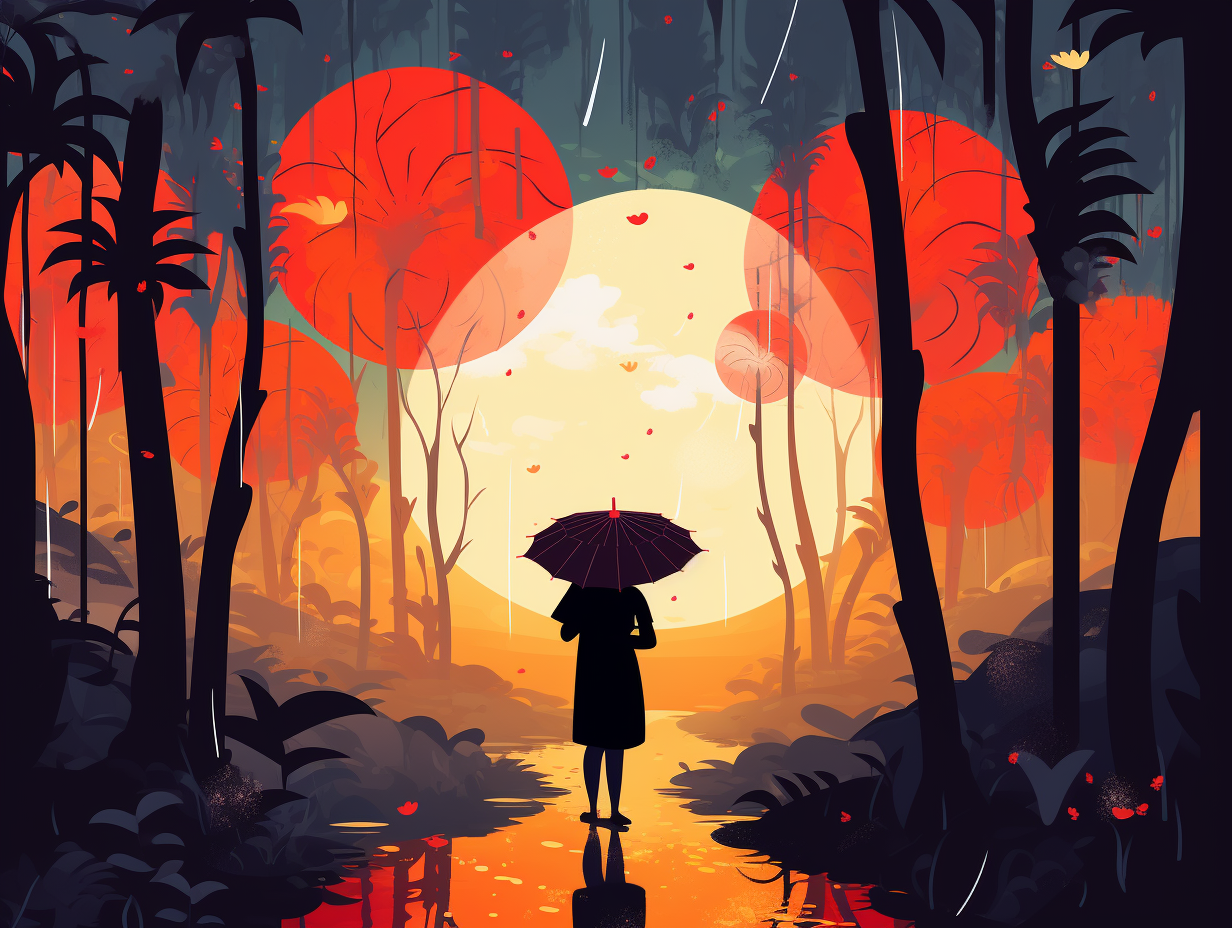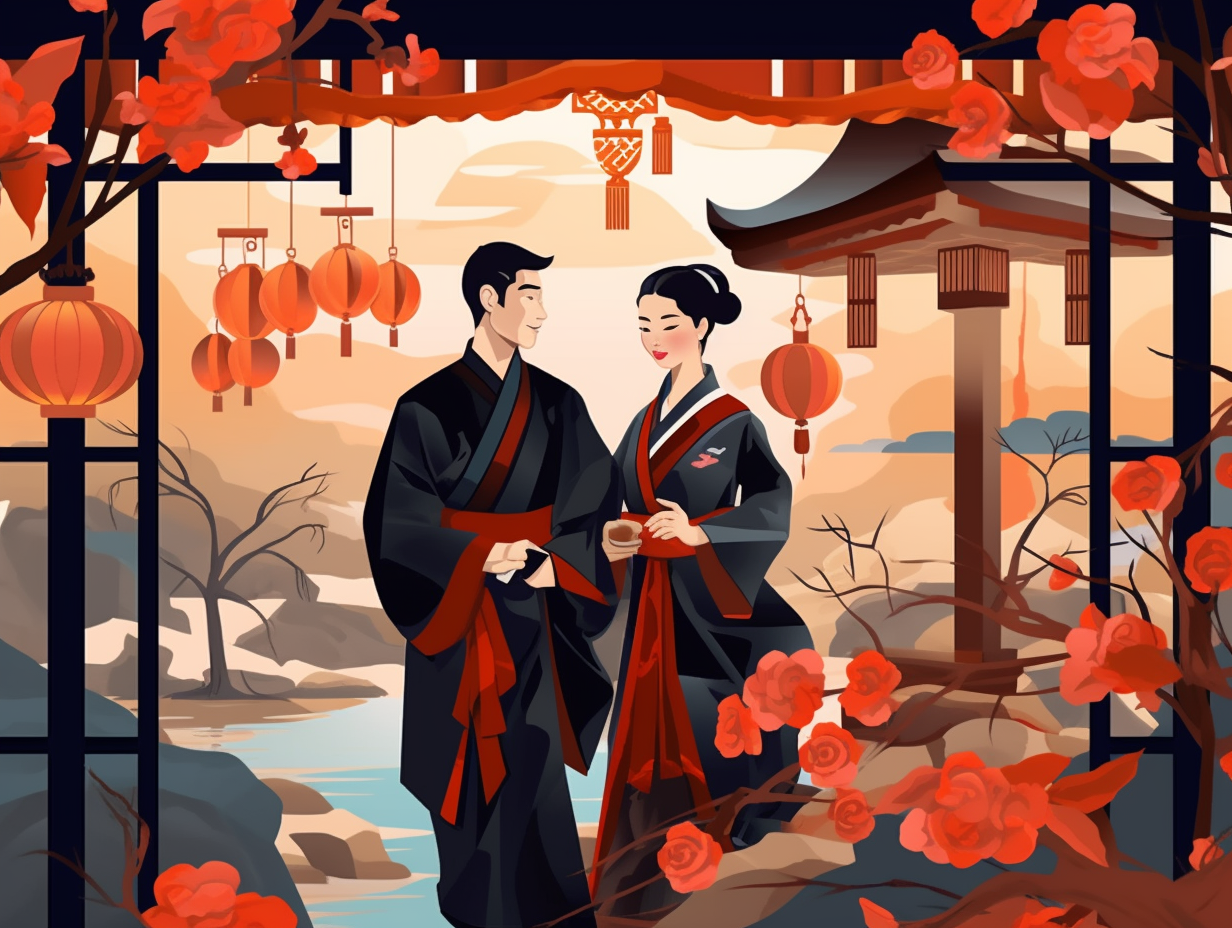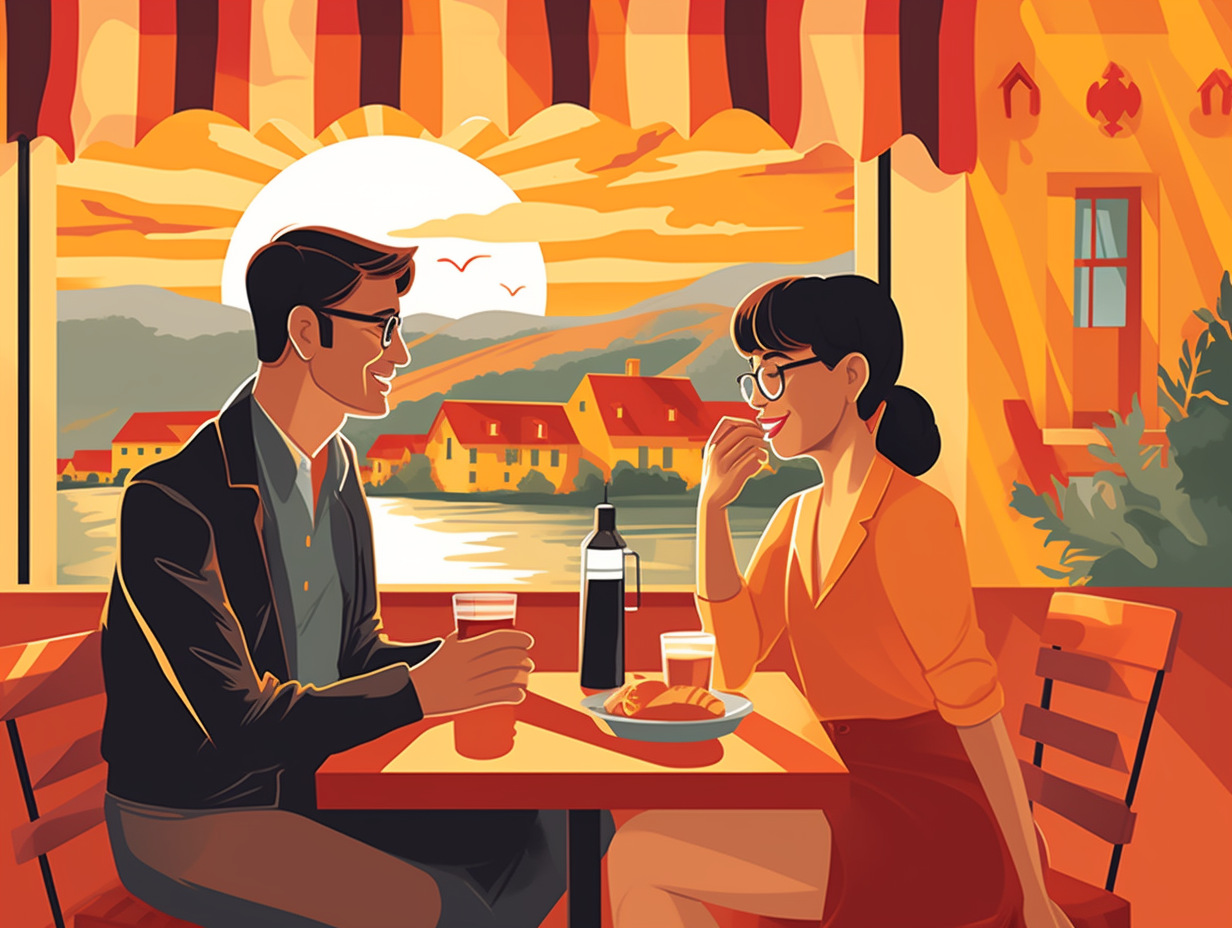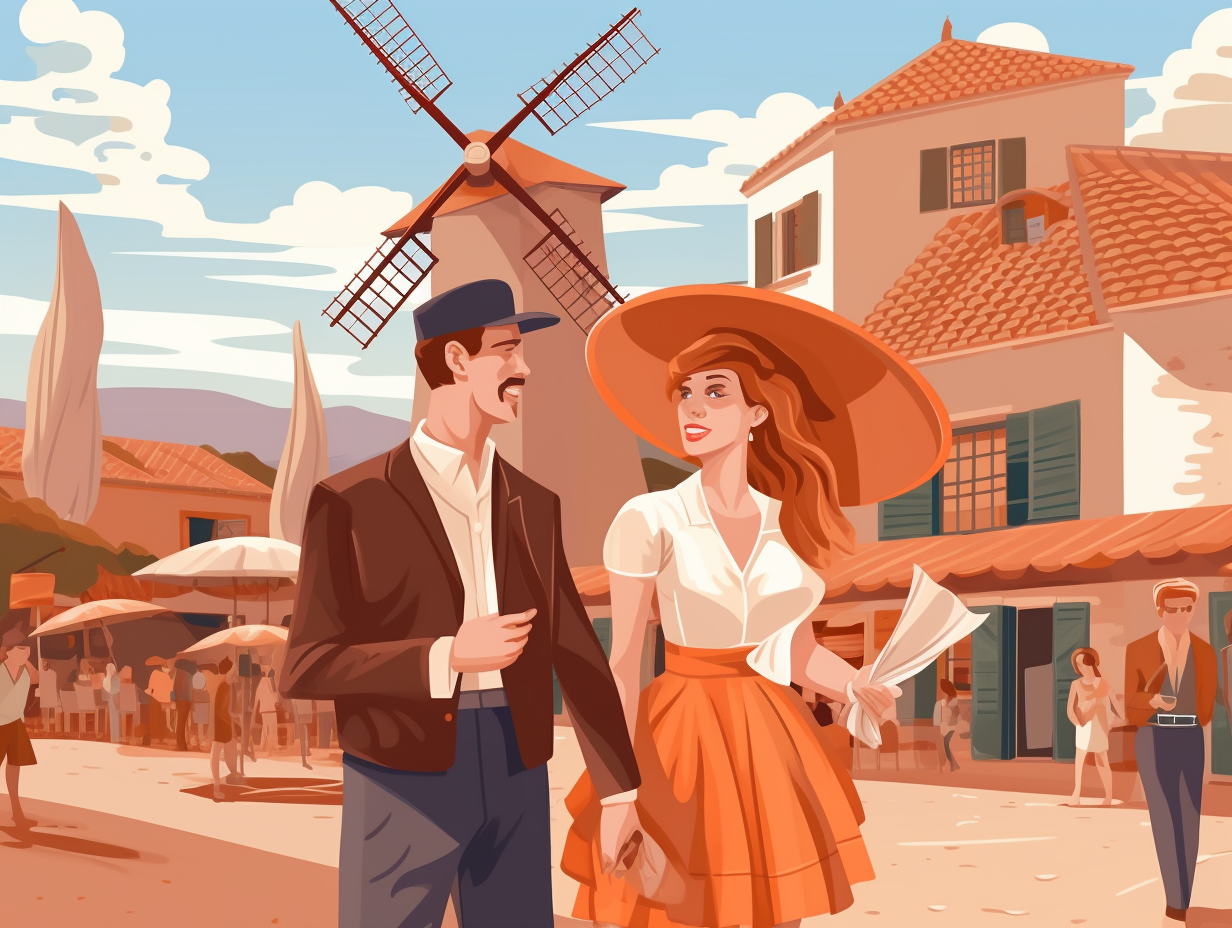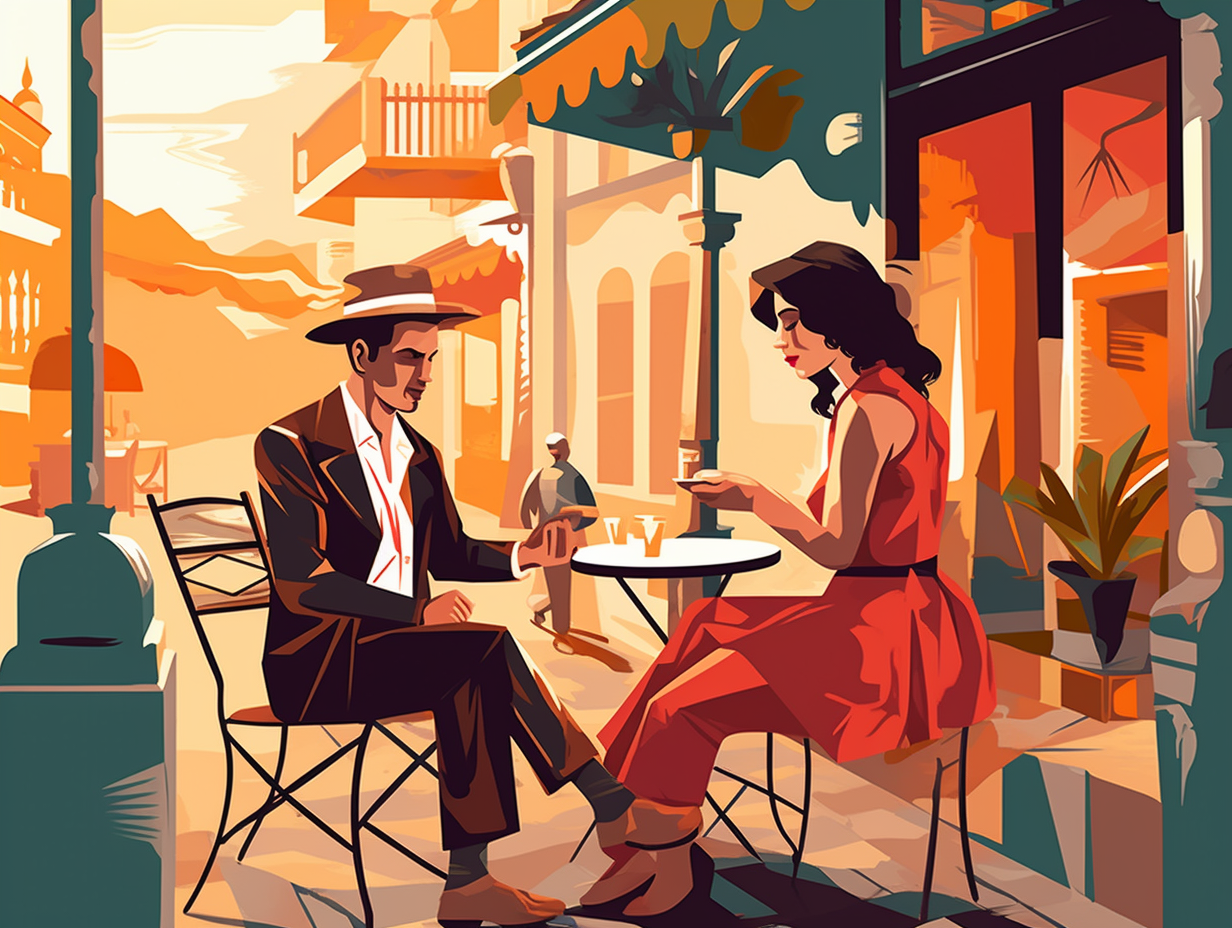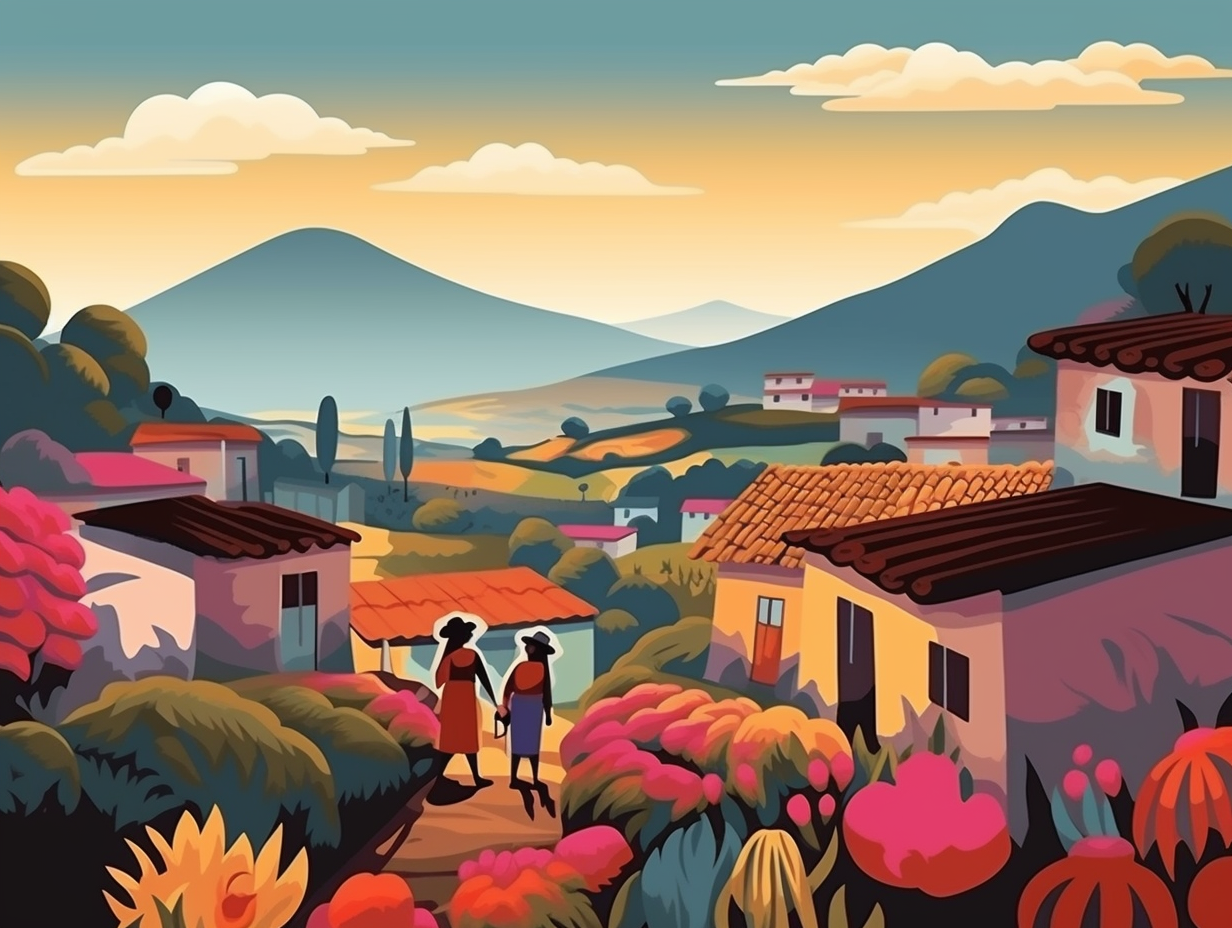Discover the Magic: Top 12 Exciting Fun Facts About Spain for Kids to Explore!
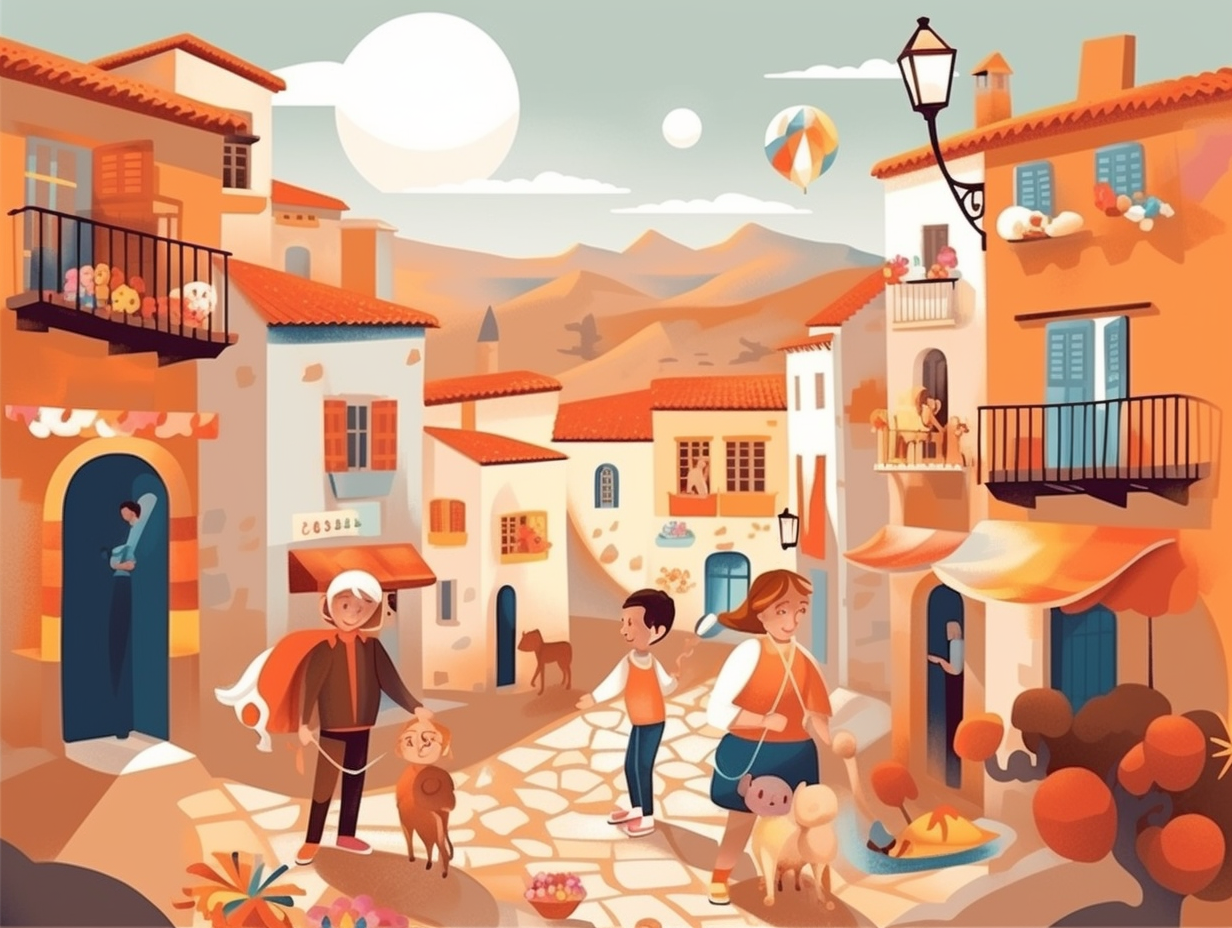
1. Iberican Pig Museum
When pigs fly... to museums: Spain boasts a delightful museum in Aracena dedicated exclusively to the Iberican pig and its renowned jamón. The Interpretation Center for the Iberican Pig enthralls visitors with mountains of knowledge on pig aging, feeding, slaughter and curing, alongside a riveting "Hams of the World" exhibition. The cherry on top – or rather, the ham on the table – is a chance to savor this delicious Iberican delicacy at the end of the tour.
Source => andalucia.com
2. Spanish Time Woes
Once upon a timezone, Spanish clocks tick-tocked to the beat of their own drum in sync with a very un-punctual dancing partner: Central European Time! News flash: This quirky time-step began in 1940 when leader Francisco Franco decided to align Spain's tickers with Nazi Germany during World War II, a move that led to late-night habits and seemingly endless work hours. Nowadays, the Spanish government is contemplating a dance switch to Greenwich Mean Time to waltz into a future of better work-life balance and productivity.
Source => npr.org
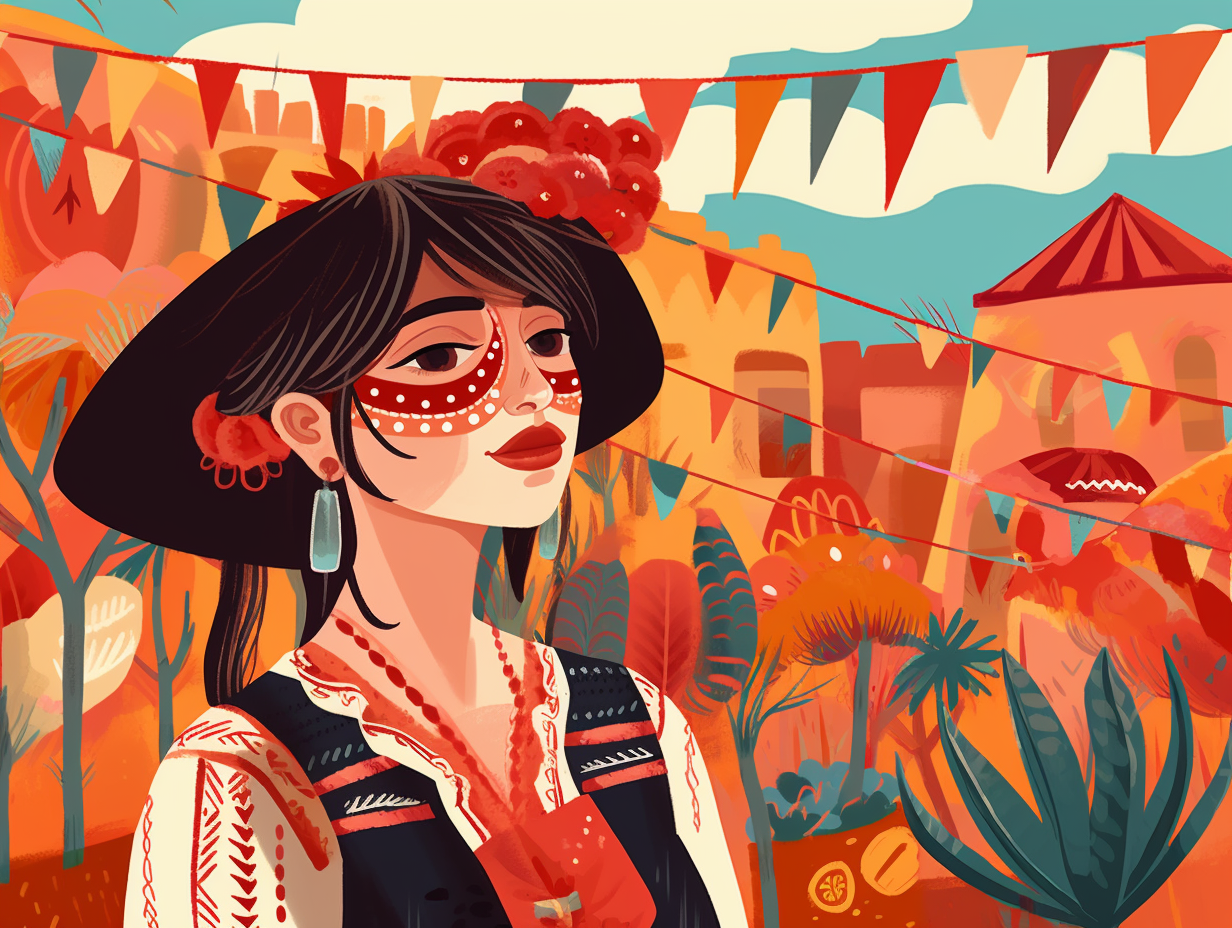
Did you know Mexico holds the title for the most UNESCO World Heritage Sites in the Americas? Discover the fascinating mix of pre-Columbian ruins, colonial-era architecture, and natural wonders that make this country a cultural treasure trove! 🇲🇽✨
=> Fun Facts about Mexico
3. Three Kings Day Feast
Feeling like royalty and ready to feast like kings? Spain has a holiday just for you: Every January 6th, families celebrate Three Kings Day (El Día de los Reyes Magos), a gift-giving extravaganza where the Three Wise Men parade through streets on camels or floats and toss candy to merrymakers below. This sweet, sweet day also boasts a lunch feast complete with a crown-shaped, candy "jewel"-bedecked cake known as roscón de reyes.
Source => devourtours.com
4. The Blue Village of Júzcar
Once upon a blue moon, there lived a village straight out of a Smurf-dream: No, we're not talking about Gargamel's fantasy, but Júzcar, a small Andalusian village that turned azure for all the right reasons: In 2011, the whole town was painted blue as a promotion for the Smurfs movie and became such a hit with tourists that the clever inhabitants voted to make the color change permanent. So, while they once dressed as Smurfs and sold everything from souvenirs to Smurfberries, they've had to give up the Smurf association after some royalty pains, but Júzcar remains everlastingly blue and enchanting!
Source => lonelyplanet.com
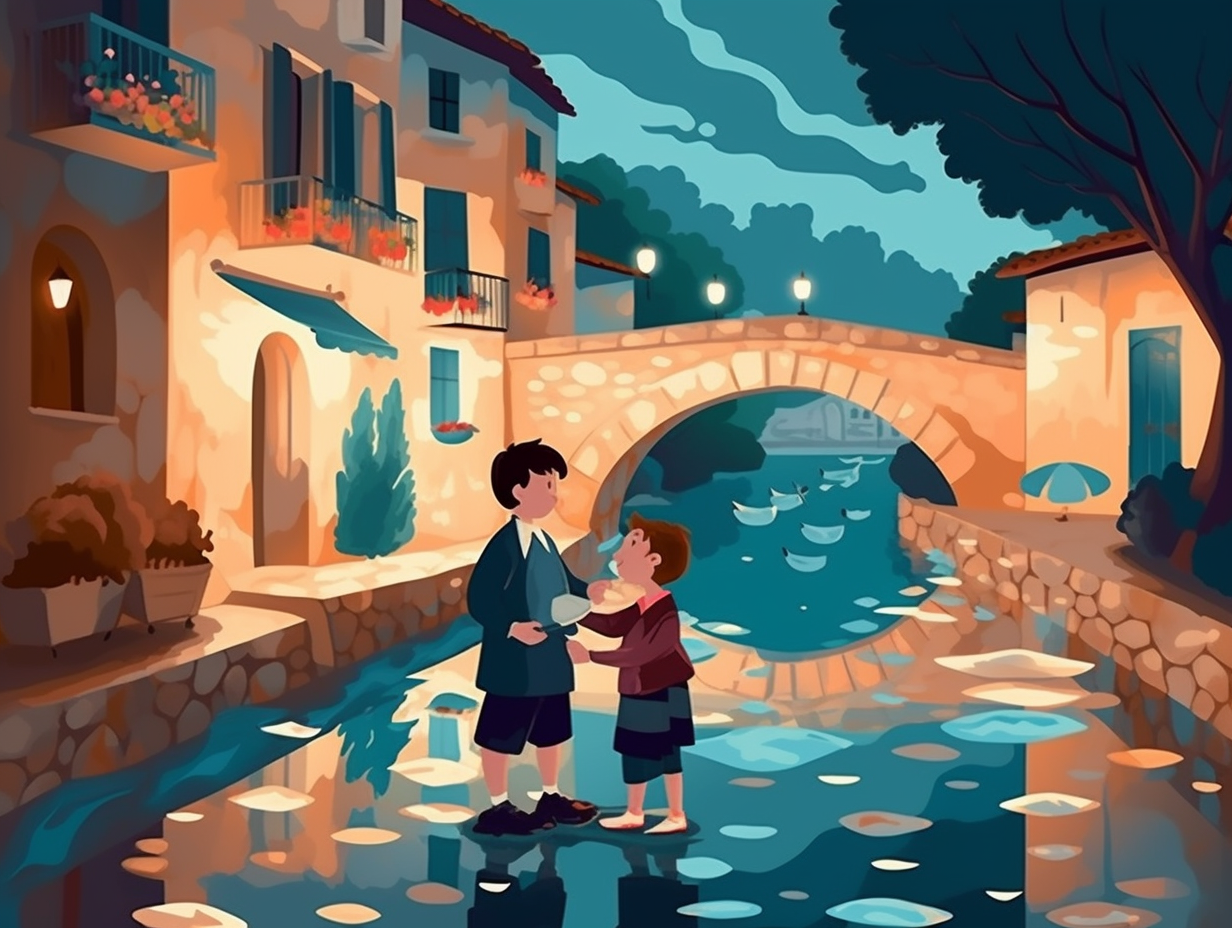
5. National Siesta Championship
From counting sheep to counting Benjamins: Spain hosts the annual National Siesta Championship in Madrid, where nappers can compete for a grand prize of €1,000 (₹83,380 approx) by showcasing their snoozing skills, including the ability to fall asleep for around 20 minutes, their sleeping posture, snoring, and the speed at which they nod off – all while surrounded by the hustle and bustle of a busy shopping mall.
Source => curlytales.com
6. Tomato-throwing Fiesta
Feeling saucy? Prepare for a juicy rebellion: La Tomatina, a world-renowned Spanish festival, supposedly began as young folks pelting tomatoes at each other in protest against the government or a political figure, resulting in an annual, ripe red spectacle in Buñol that now draws thousands of tourists.
Source => spainguides.com
7. Log Poops Presents
In a world where logs become doting pets and magical piñatas, children in Catalunya beat the yule out of their festive friend with unparalleled glee: Known as Tio de Nadal, this quirky holiday mascot is essentially a log with legs, a painted face, and a traditional Catalan red hat that, when fed sweets daily until Christmas, defeats the Grinch within and poops out presents upon being whacked with sticks - all to the melodious tune of the Caga Tió song.
Source => itabarcelona.com
8. Devil Jumps Over Babies
Babies beware – there's a devil on the loose, and he's got a mean jump: In Castrillo de Murcia, Spain, the El Colacho festival features costumed men representing devils who run through the streets whipping villagers, and then leap over babies laid on mattresses, in a ritual thought to cleanse the infants of sin and protect them from illness.
Source => nationalgeographic.com
9. Soccer Rivalries in the USA
In a sporty twist on West Side Story, it seems the battle for the hearts of American soccer fans is between two Spanish squads, the Jets and the Sharks of LaLiga: FC Barcelona has been crowned the most popular soccer club in the United States, according to a 2020 Gilt Edge Soccer Marketing study, with Real Madrid hot on their heels. The study considered crucial data from surveys, Google Trends, and Facebook advertising reach, ultimately placing only two LaLiga clubs in the top 10, while the Premier League claimed six spots.
Source => en.as.com
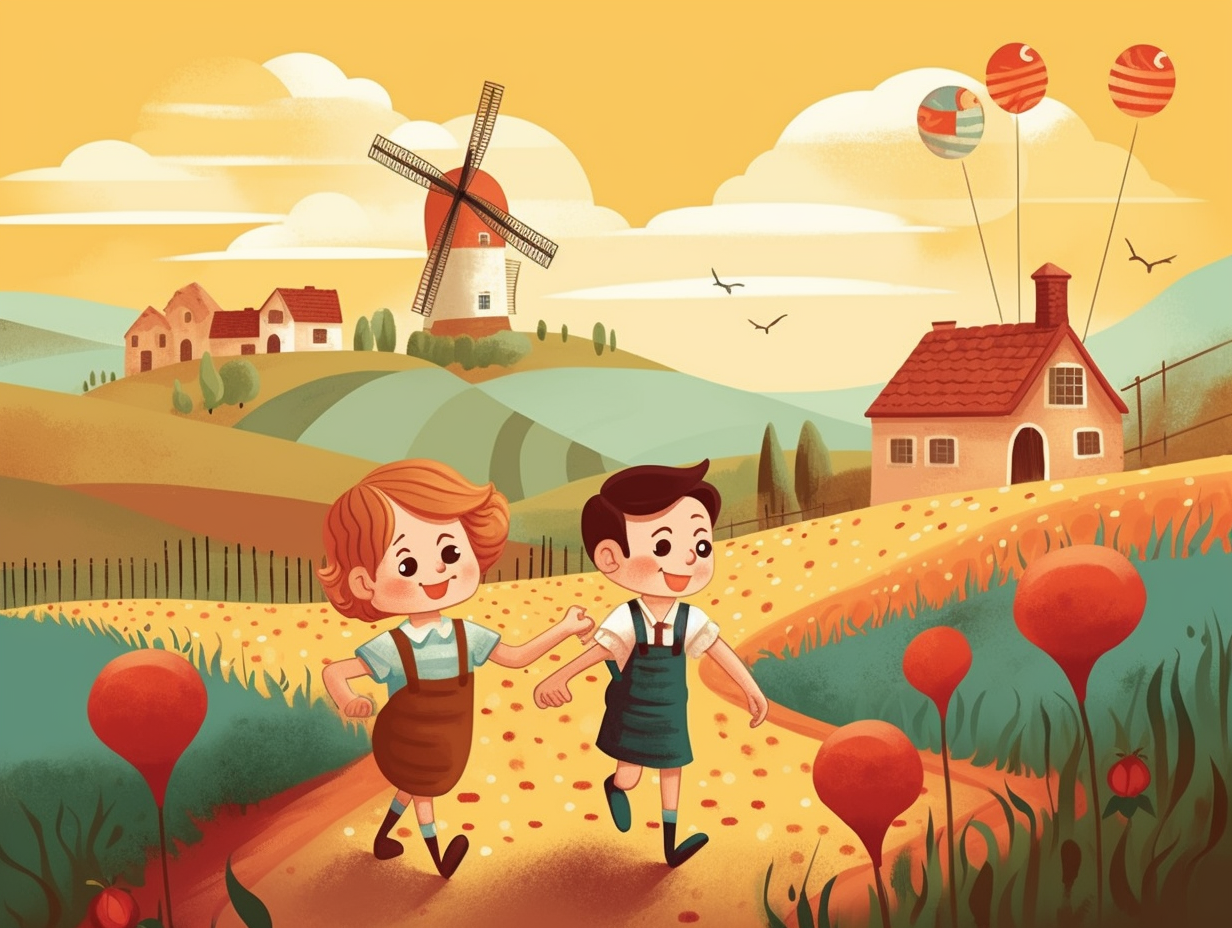
10. Guitar Maestro
Who knew plucking heartstrings could lead to plucking guitar strings? A Spanish maestro had us all strumming a catchy tune: Antonio de Torres Jurado revolutionized the design of classical guitars in the 19th century, creating the modern look we know today. The unsung hero of six-string sensations, Torres' crafty changes to the soundboard made him the guitar guru of his time.
Source => en.wikipedia.org
11. Candlelit Medieval Town
When Spain's Aledo residents play "Candle in the Wind," they really light up the town: Noche en Vela is a festival in the medieval fortress town of Aledo where over 15,000 candles decorate the streets, homes, and balconies, and visitors enjoy music, poetry, and dancing amidst the enchanting candlelit scenery.
Source => murciatoday.com
12. Evolution of Flamenco Dress
Once upon a twirl in Andalusia, peasant and gypsy ladies decided to spin their chores into ruffles, polka dots, and vibrant hues, creating the rhythmic saga of the flamenco dress: This iconic outfit, born in late 19th-century Seville, evolved from a humble work uniform to a stunning spectacle adorned with shawls, flowers, and jewelry, shimmying its way into festivals, pilgrimages, and performances as a symbol of Spanish culture.
Source => elflamencoensevilla.com
Related Fun Facts


